Race and Ethnicity: White - Starting with C
Carroll, George (Execution of)
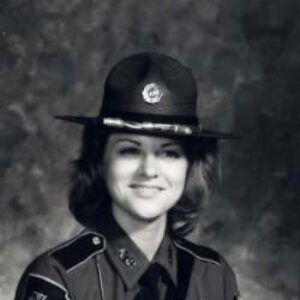 Barbara Cart
Barbara Cart
Carter, Ben E.
Carter, William Neal (Bill)
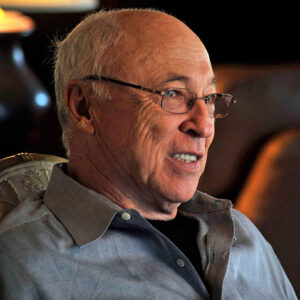 Bill Carter
Bill Carter
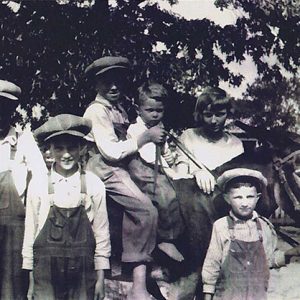 Cartwright Children
Cartwright Children
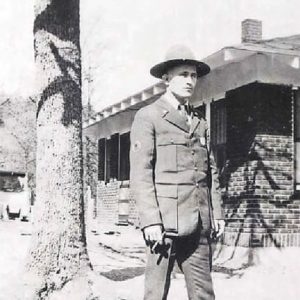 James Alexander Cary
James Alexander Cary
Cary, James Alexander
Casat, Deno (Execution of)
Case, Sarah Esther
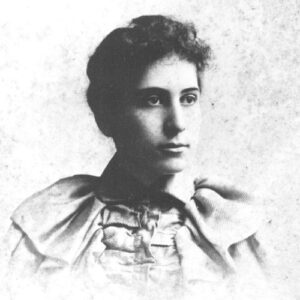 Sarah Esther Case
Sarah Esther Case
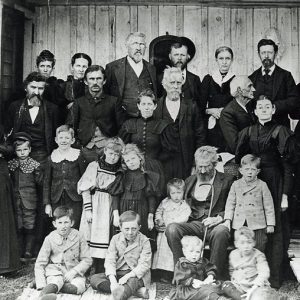 Casey Family; 1890
Casey Family; 1890
Cash, Johnny
aka: J. R. Cash
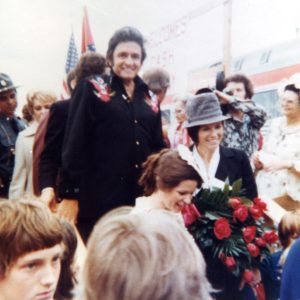 Johnny Cash
Johnny Cash
 Johnny Cash and Johnny Horton
Johnny Cash and Johnny Horton
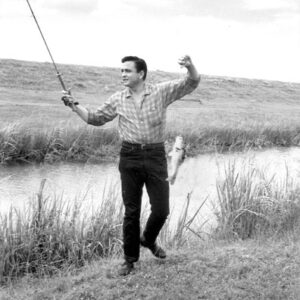 Johnny Cash
Johnny Cash
 Johnny Cash
Johnny Cash
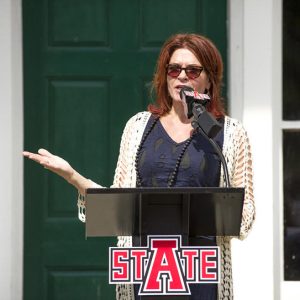 Rosanne Cash
Rosanne Cash
 Tommy Cash
Tommy Cash
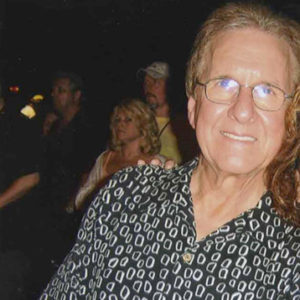 Tommy Cash
Tommy Cash
Cash, Tommy
Cassville, Missouri, to Cross Hollow, Scout from
Cassville, Missouri, to Huntsville and Yellville, Scout from
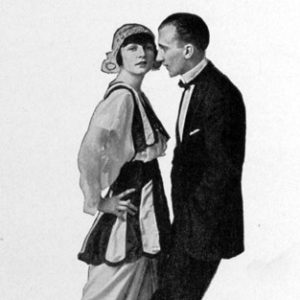 Castle Dance Steps
Castle Dance Steps
Castle, Irene
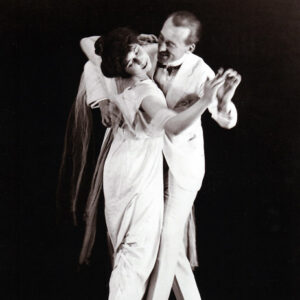 Irene and Vernon Castle
Irene and Vernon Castle
 Laura Castoro
Laura Castoro
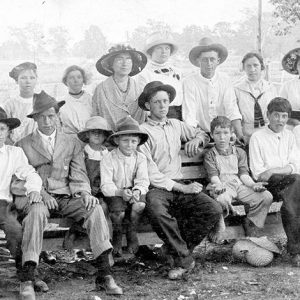 Catcher School
Catcher School
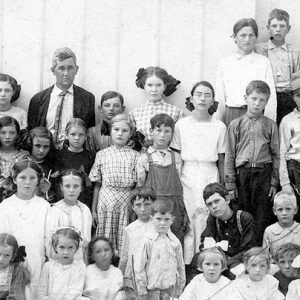 Catcher School
Catcher School
 Cate Brothers
Cate Brothers
 Earl Cate
Earl Cate
Cate, William Henderson
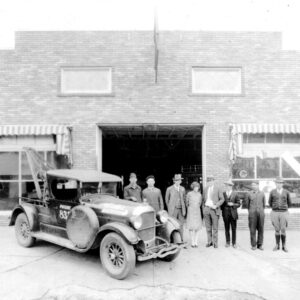 Cates Motor Service
Cates Motor Service
Cates, Opie
 Opie Cates Recording
Opie Cates Recording
Catterson, Robert Francis
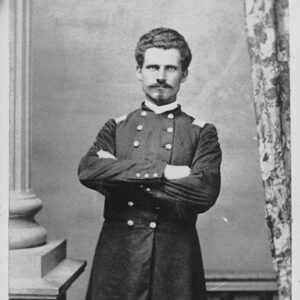 Robert Catterson
Robert Catterson
Causby, Robert Albert (Execution of)
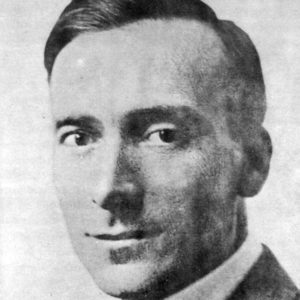 William Cazort
William Cazort
Cazort, William Lee
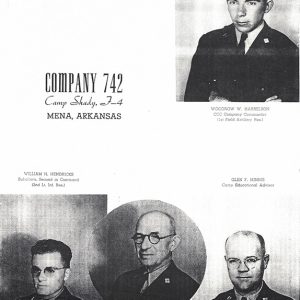 CCC Staff
CCC Staff
Cecil, John
 Cedar Grove Masonic Lodge
Cedar Grove Masonic Lodge
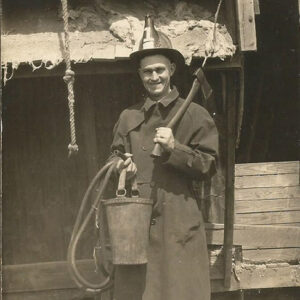 Cedric the Fire Chief
Cedric the Fire Chief
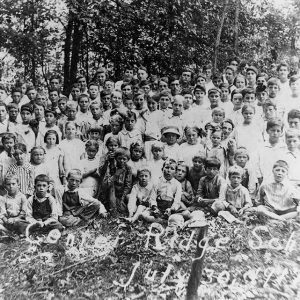 Center Ridge School
Center Ridge School
Central College for Women
 A Certain Shade of Pink
A Certain Shade of Pink
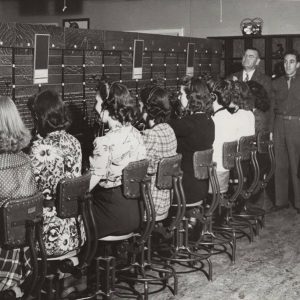 Chaffee Switchboard
Chaffee Switchboard
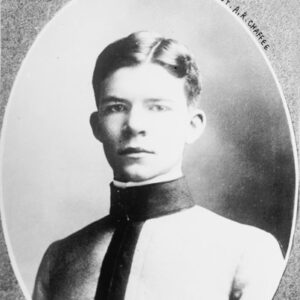 Adna R. Chaffee
Adna R. Chaffee




